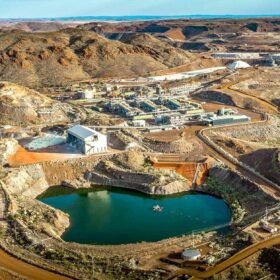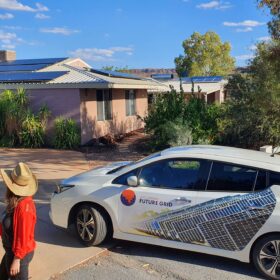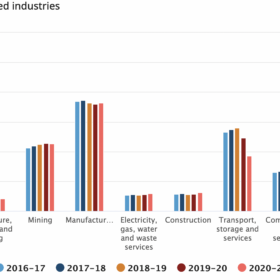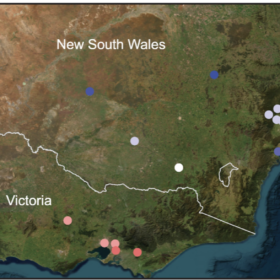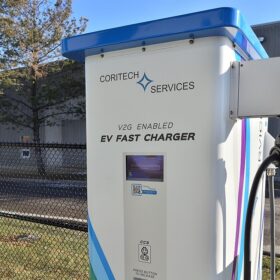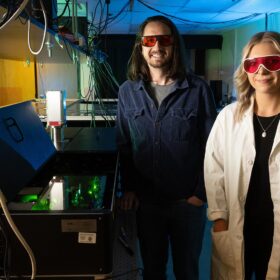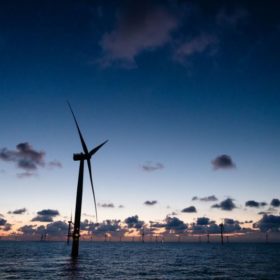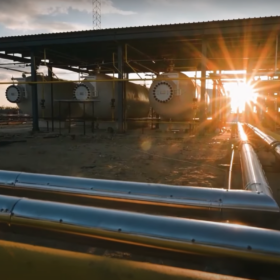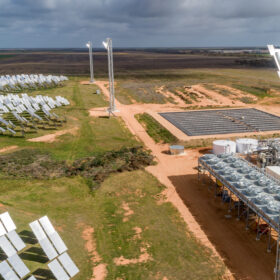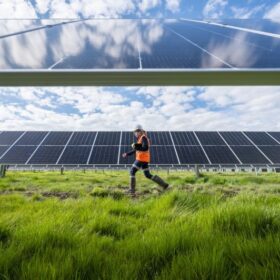Australia warned of over-mining risk in rush to secure critical minerals
Australia is at risk of over-mining key transition minerals by relying on “overblown” demand assumptions, according to a new report which warns policy steps to encourage responsible and sustainable use of critical minerals, such as improved battery recycling, are being ignored.
NT government delivers solar and storage trial for public housing
Public housing tenants in the outback town of Alice Springs are set to share in the benefits of renewable energy with the Northern Territory government launching a rooftop PV and battery energy storage trial that will help inform the planning of future public housing builds and management of solar power on current stock.
Failure to cut energy consumption stymies Australia’s net zero progress, ABS statistics show
Data from the Australian Bureau of Statistics has shown that while renewable generation in Australia has increased significantly year on year, the country’s progress towards net zero is stymied by the failure to reduce consumption.
Predictability of regions’ renewable resources has a material impact on project profits, study finds
While many forecasting tools have been developed to improve forecasts of renewable generation, their accuracy is limited by the inherent predictability of the data used – that is, how predictable the renewable resource is in different regions and times of the year. University of Adelaide researcher Sahand Karimi explains why predictability matters and how considering it can save consumers and investors millions of dollars.
Adaptive control of V2Gs incorporating EV owner expectations
Australian researchers have developed a novel adaptive decentralised control strategy for electric vehicle (EV) integration, incorporating both microgrid and EV-side conditions into the primary frequency control. They have proposed new indices to evaluate the charge and discharge capabilities of EV batteries, as well as the satisfaction levels of EV owners.
Study shows n-type bifacial TOPCon cells more prone to degradation than p-type
Dutch scientists have reported higher degradation risk for n-type TOPCon cells with EVA encapsulant due to potential moisture degradation. Front-side metallisation makes n-type cells more vulnerable than p-type cells, according to damp heat tests.
Researchers look beyond silicon to potentially double solar cell efficiency
A team at Colorado State University proposes making thin-film solar cells from naturally abundant molybdenum disulfide.
Agrivoltaics for grape farms
Researchers in Hong Kong have designed an agrivoltaic system that uses blockchain tech and smart contracts to reduce uncertainties between PV system operators and grape farmers. The proposed system uses rainwater to clean solar panels and provide irrigation.
‘Implausible assumptions’ in Australia’s decarbonisation modelling leads investors to develop 1.5°C pathway
Australia needs to inspire a $421 billion (USD 282 billion) investment, accelerate coal closures and significantly speed up our renewable rollout to realise 1.5°C Paris agreement climate targets, according to modelling from an investor group.
Australia tries to boost hydrogen competitiveness
Finance consultancy explains in a new report that the levelised cost of green hydrogen (LCOH) is well below USD 2/kg with subsidies. Using either PEM and alkaline electrolysers, green hydrogen normally has a lower levelised cost than pink hydrogen. Meanwhile, Australian authorities are trying to increase the competitiveness of the local hydrogen sector, and car companies are updating their fuel cell plans.
